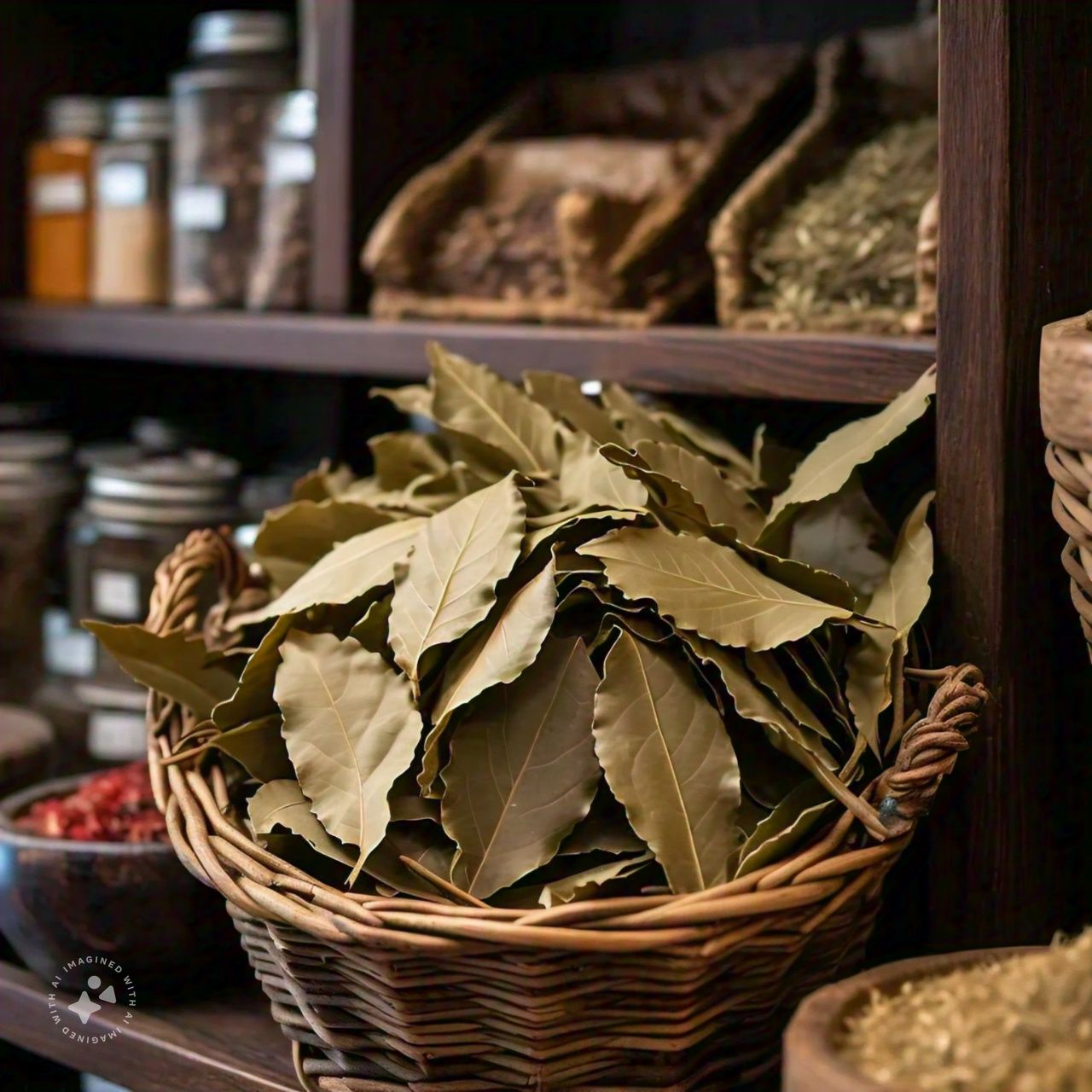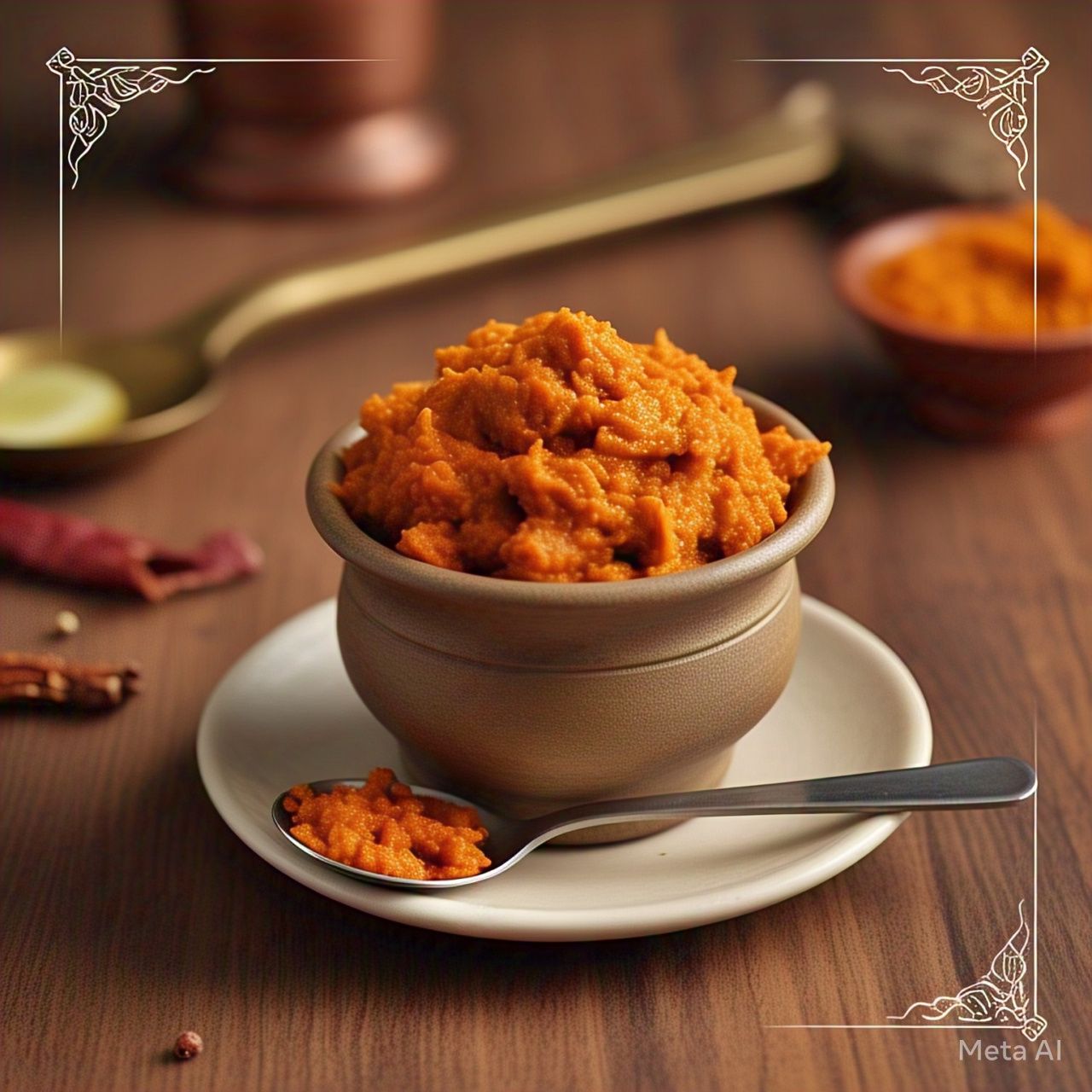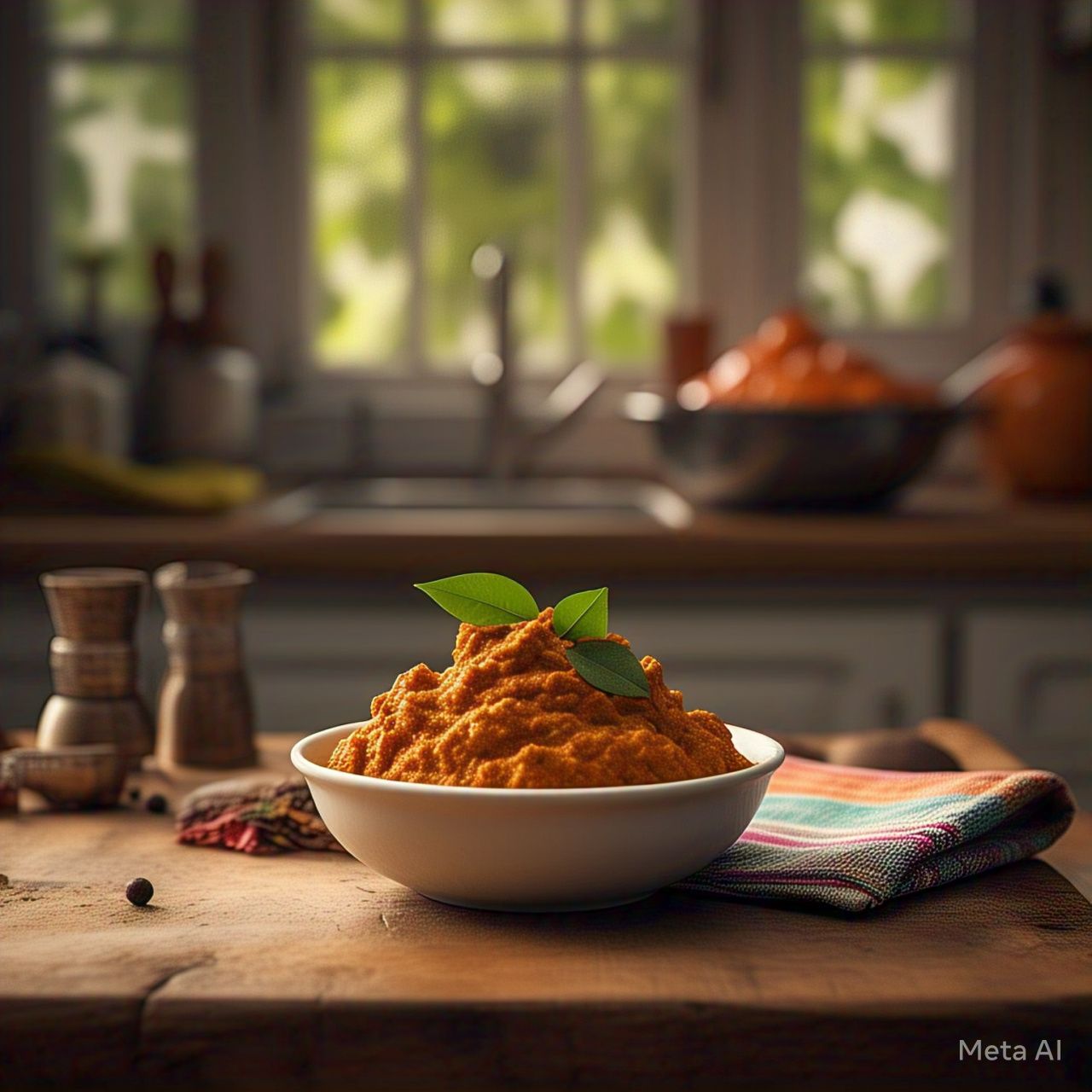Bay leaves are aromatic, leathery leaves derived from the bay laurel tree (Laurus nobilis). They are widely used in cooking to add depth and complexity to dishes, especially in soups, stews, and braises. Bay leaves are also recognized for their medicinal properties, making them an essential herb in both culinary and holistic practices.
In this blog, we will explore the numerous health benefits, culinary applications, and environmental impact of bay leaves, all while providing practical tips for incorporating them into your meals.
Health Benefits of Bay Leaves
Bay leaves not only enhance the flavor of dishes but also offer several health benefits. Here are the most notable ones:
1. Rich in Nutrients
- Vitamins and Minerals: Bay leaves contain a variety of essential nutrients, including vitamin A, vitamin C, iron, calcium, and magnesium. These nutrients support immune health, bone strength, and overall vitality.
- Antioxidants: The leaves contain powerful antioxidants such as flavonoids and polyphenols that combat oxidative stress, reducing inflammation and protecting cells from damage.
2. Promotes Digestive Health
- Bay leaves are traditionally used to alleviate digestive discomfort. They have carminative properties, meaning they can help reduce bloating, gas, and indigestion. Consuming bay leaves can also promote healthy digestion by stimulating the production of digestive enzymes.
3. Supports Immune Function
- The high levels of vitamin C and other antioxidants in bay leaves help boost the immune system. Regular consumption of bay leaves can help the body fight infections and reduce inflammation.
4. Helps Regulate Blood Sugar Levels
- Studies have shown that bay leaves may help regulate blood sugar levels by improving insulin sensitivity. This makes bay leaves a beneficial herb for individuals with diabetes or those at risk of developing the condition.
5. Relieves Stress and Anxiety
- Bay leaves have been shown to have calming properties, helping to reduce stress and anxiety. Their soothing effect on the body and mind can promote relaxation and improve sleep quality.
Culinary Uses of Bay Leaves
Bay leaves are a versatile herb that can enhance the flavor of a variety of dishes. Here’s how you can use them in cooking:
1. Flavoring Soups, Stews, and Sauces
- Bay leaves are commonly added to soups, stews, and sauces, where they infuse the dish with a fragrant, earthy aroma. Simply add a whole bay leaf to the pot while cooking and remove it before serving.
2. Enhancing Rice and Grain Dishes
- Bay leaves can be added to rice, quinoa, and other grain dishes. Their subtle flavor complements the natural taste of these grains, making them more aromatic and flavorful.
3. Perfect for Braising Meats
- When braising meats, adding a bay leaf or two can enhance the savory depth of the dish. Bay leaves pair well with braised beef, lamb, and chicken, contributing to their complex flavor.
4. Infusing Oils and Vinegars
- To create a fragrant, herb-infused oil or vinegar, add bay leaves to olive oil or vinegar and let them steep for a few weeks. These infused liquids can be used in salad dressings, marinades, or as dipping oils.
5. In Marinades and Pickling
- Bay leaves are often included in marinades for meats and vegetables. They provide a subtle but distinctive flavor that enhances the overall taste of the dish.
Cooking Tips for Bay Leaves
To get the best flavor from bay leaves and ensure they are used correctly in your cooking, follow these tips:
1. Use Whole Bay Leaves
- Bay leaves are typically used whole in dishes and removed before serving. The leaves are tough and can be sharp, so they are not meant to be eaten.
2. Don’t Overuse
- While bay leaves have a strong flavor, it’s important not to overuse them. One or two leaves are usually enough to flavor a large pot of soup or stew. Too many bay leaves can overwhelm the dish with their intense flavor.
3. Add Early in the Cooking Process
- To allow the bay leaves to infuse their flavor into the dish, add them early during cooking. They release their essential oils slowly as the dish simmers.
4. Remove Before Serving
- Bay leaves are not meant to be consumed, so always remember to remove them from the dish before serving.
5. Store Properly
- Dried bay leaves should be stored in an airtight container in a cool, dark place. When stored properly, they can retain their flavor for up to a year.
Seasonal and Holiday Uses for Bay Leaves
Bay leaves are an essential ingredient in many traditional holiday dishes. Here’s how you can use them during different seasons and holidays:
1. Winter Soups and Stews
- Bay leaves are perfect for hearty winter soups, stews, and braised dishes. Their deep, earthy flavor adds warmth and complexity to cold-weather meals.
2. Holiday Roasts
- Bay leaves can be included in spice rubs for holiday roasts, such as turkey, chicken, or lamb. They pair beautifully with other herbs like rosemary and thyme for a festive flavor.
3. Pickles and Chutneys
- Bay leaves are often used in pickling and chutney recipes. Their aromatic flavor adds a distinctive touch to these preserved foods, making them perfect for holiday gift-giving or festive feasts.
4. Infused Oils for Gift Giving
- Create homemade bay leaf-infused oils to give as gifts during the holiday season. These oils can be used for cooking or as luxurious additions to salad dressings and marinades.
Impact of Food Waste and How Bay Leaves Can Contribute to Sustainability
Bay leaves, like many other herbs, are sustainable when used properly. Here’s how bay leaves contribute to reducing food waste and promoting sustainability:
1. Long Shelf Life
- Bay leaves have a long shelf life when stored correctly. Dried bay leaves can last for up to a year, making them a low-waste herb. You won’t need to throw away unused portions as quickly as you would with fresh herbs.
2. Minimal Waste in Cooking
- Since bay leaves are typically used whole and removed before serving, there’s little to no waste involved in cooking. You can use just one or two leaves at a time, ensuring that none go unused.
3. Sustainably Grown
- Bay laurel trees are relatively low-maintenance and don’t require excessive water or pesticides, making them a more environmentally friendly option compared to other herbs that may be more resource-intensive to grow.
FAQs About Bay Leaves
1. Can bay leaves be eaten?
- Bay leaves are not meant to be eaten. They are tough and can be sharp, so they should be removed before serving the dish.
2. How can I use bay leaves in cooking?
- Bay leaves are commonly used to flavor soups, stews, braises, rice, and sauces. They are best used whole and removed before eating.
3. Do bay leaves expire?
- Dried bay leaves can last up to a year when stored in a cool, dry place. However, their flavor may diminish over time, so it's best to use them within a few months for optimal freshness.
4. What are the health benefits of bay leaves?
- Bay leaves offer various health benefits, including improved digestion, immune support, and stress relief. They are also rich in vitamins and antioxidants.
Conclusion: Why You Should Use Bay Leaves in Your Cooking
Bay leaves are a versatile and aromatic herb that can elevate your cooking while offering numerous health benefits. From their rich flavor to their ability to promote digestive health and reduce food waste, bay leaves are a must-have in every kitchen.
Start incorporating bay leaves into your culinary repertoire today and experience the unique flavor they bring to your dishes. Remember to use them sparingly and store them properly to get the most out of this wonderful herb.
Call to Action:
Ready to add flavor and health benefits to your meals? Buy premium bay leaves now and start cooking with this powerful, aromatic herb today!





Share:
Cumin Seeds: Unlocking Their Benefits, Uses, and Culinary Secrets
The Ultimate Guide to White Peppercorns: Benefits, Uses, and How to Incorporate Them in Your Kitchen